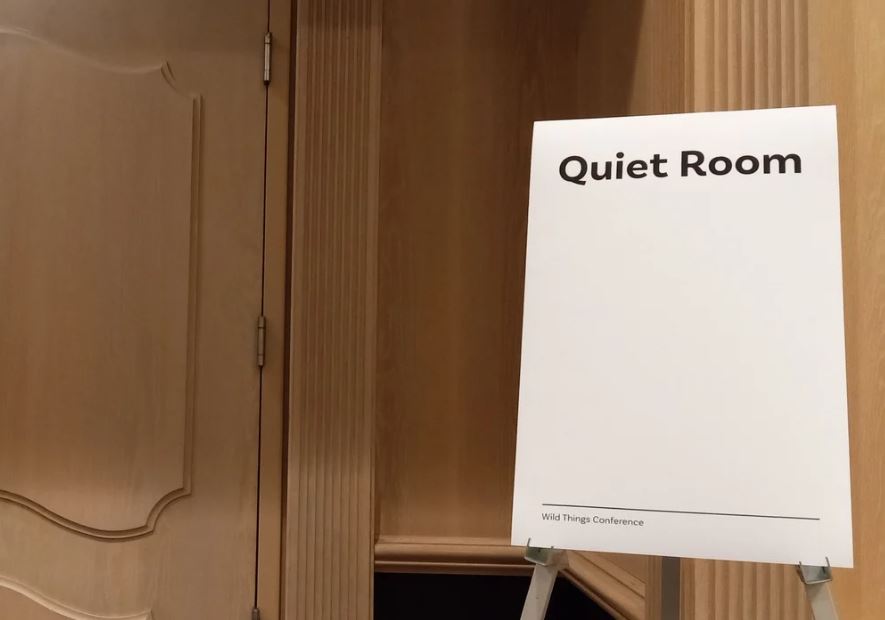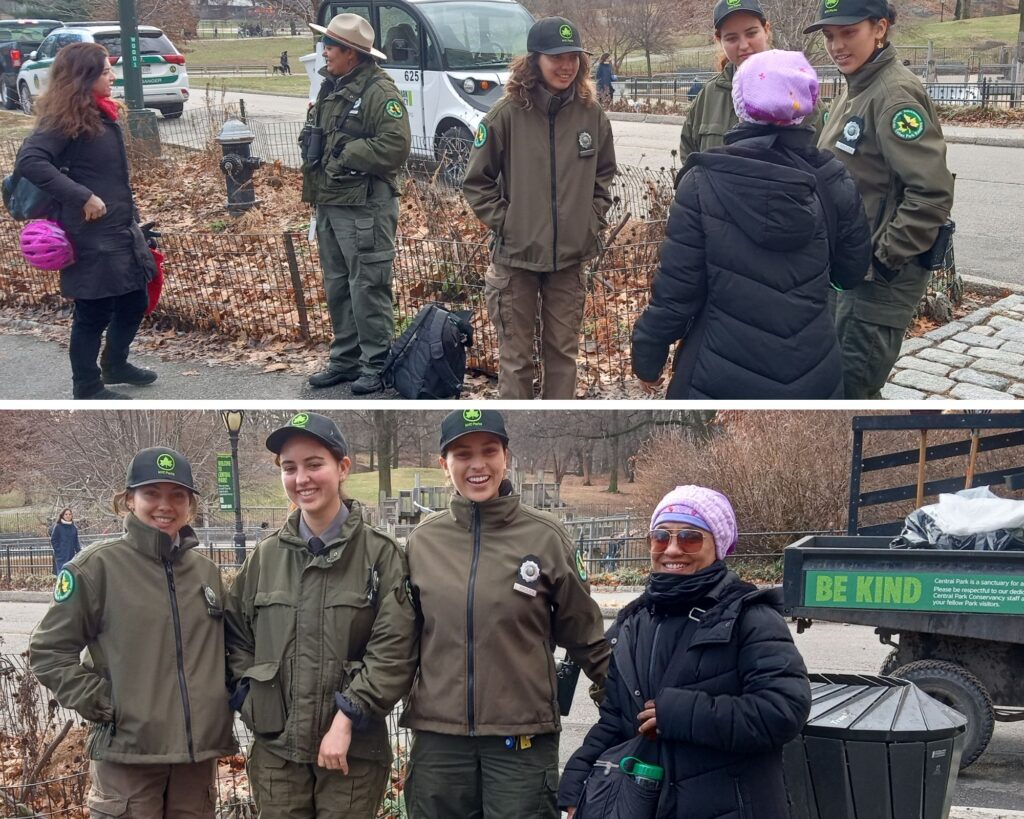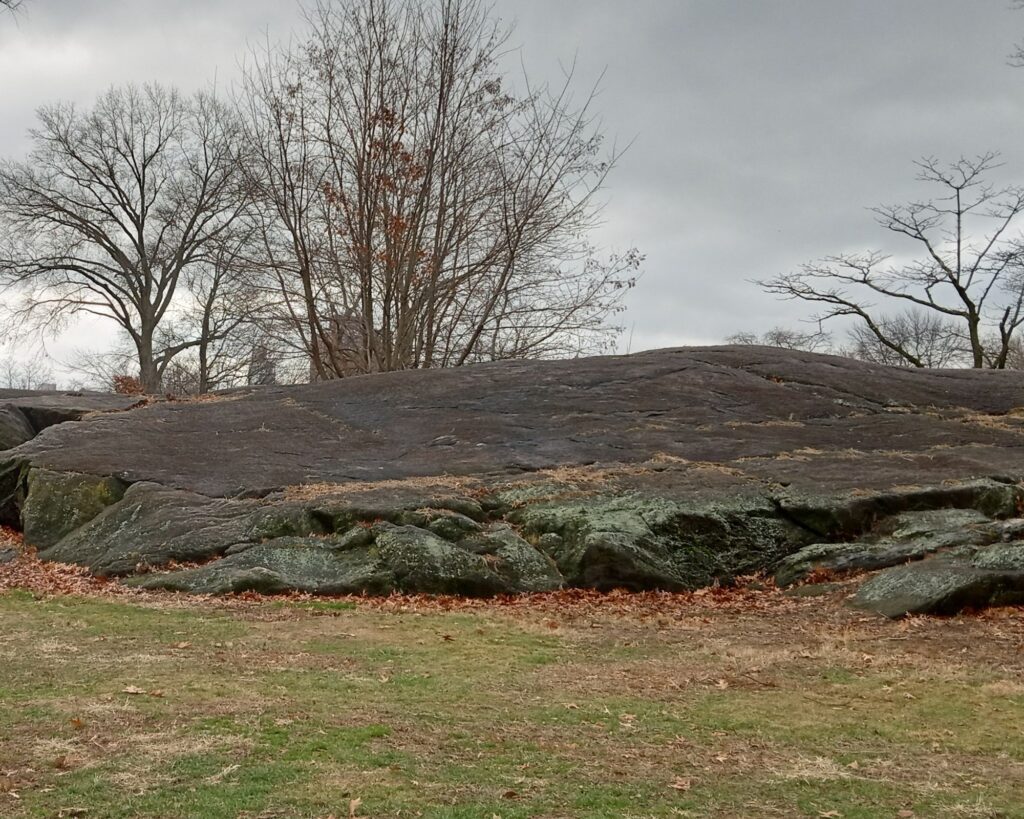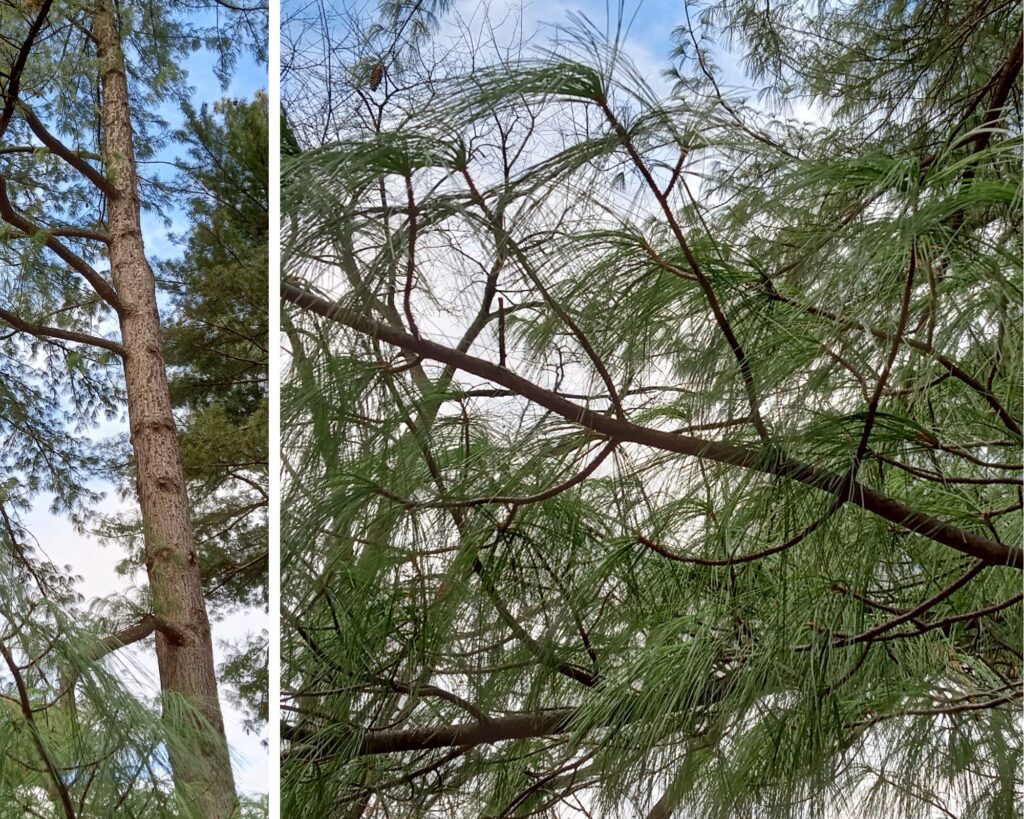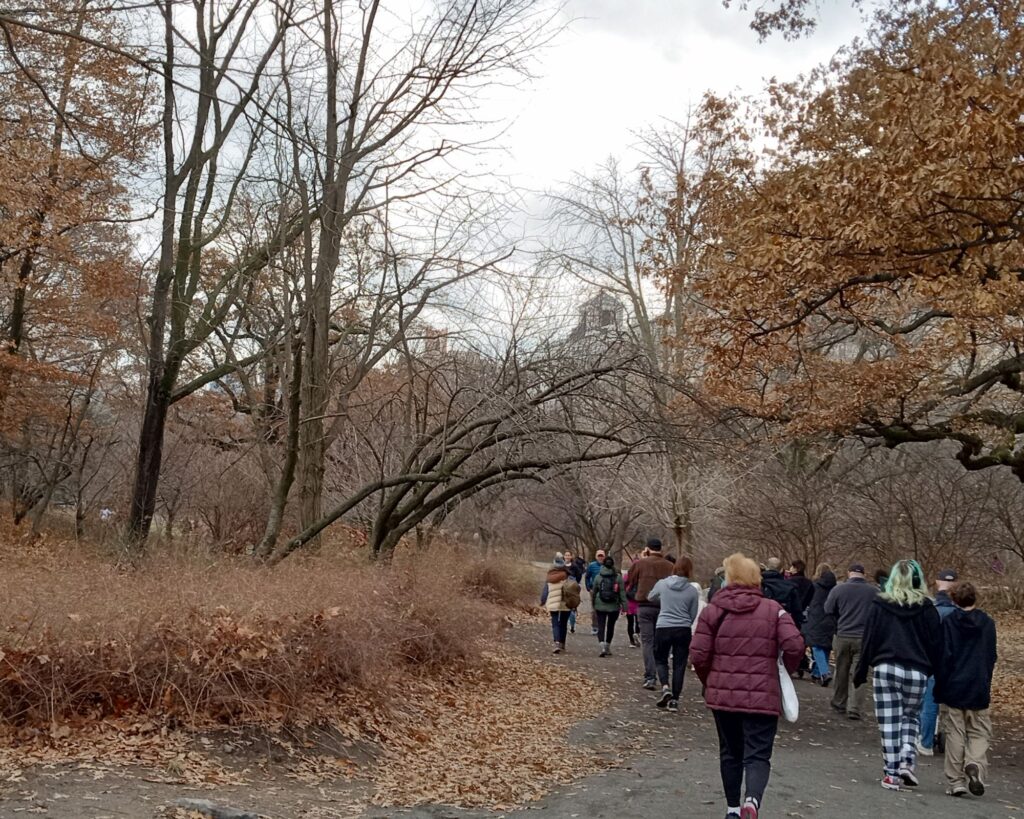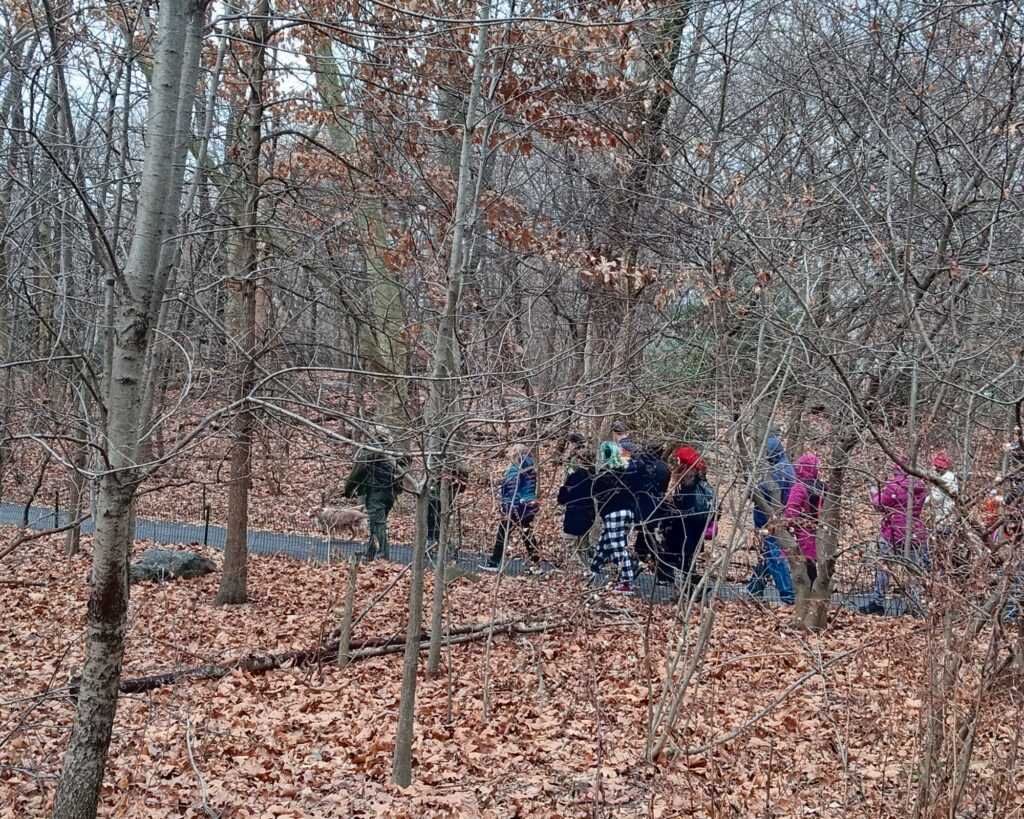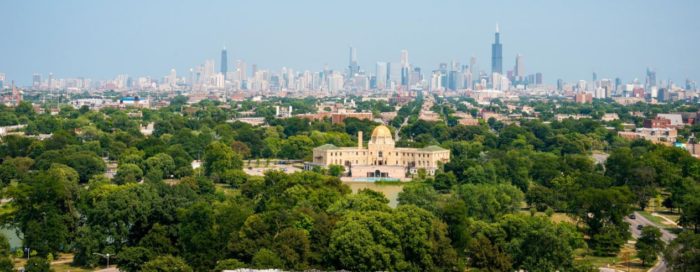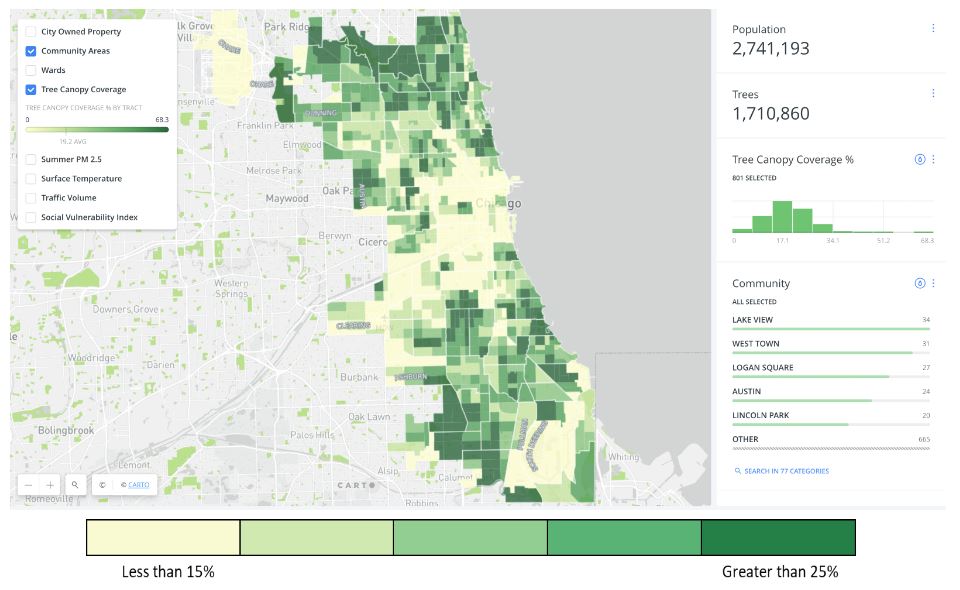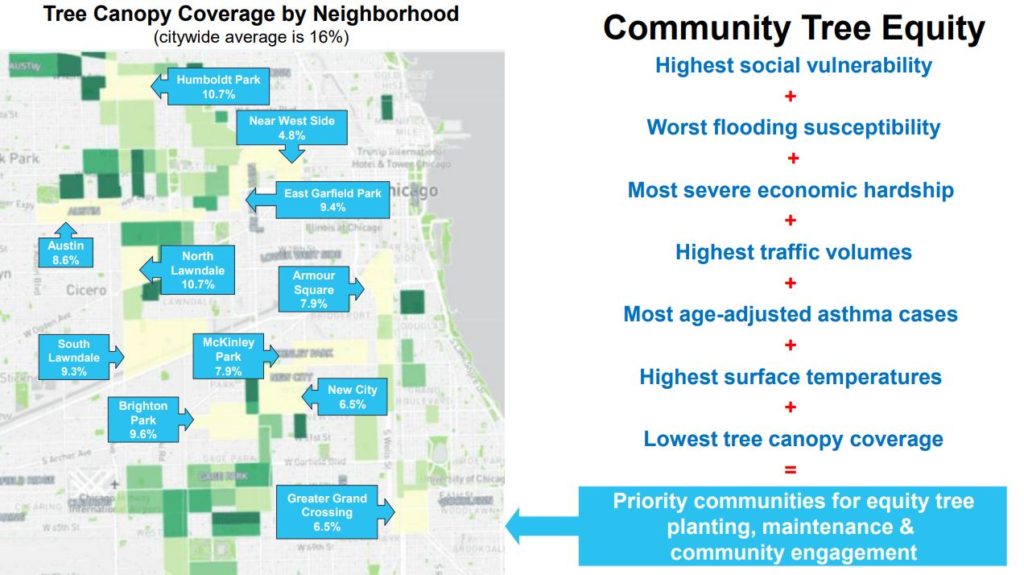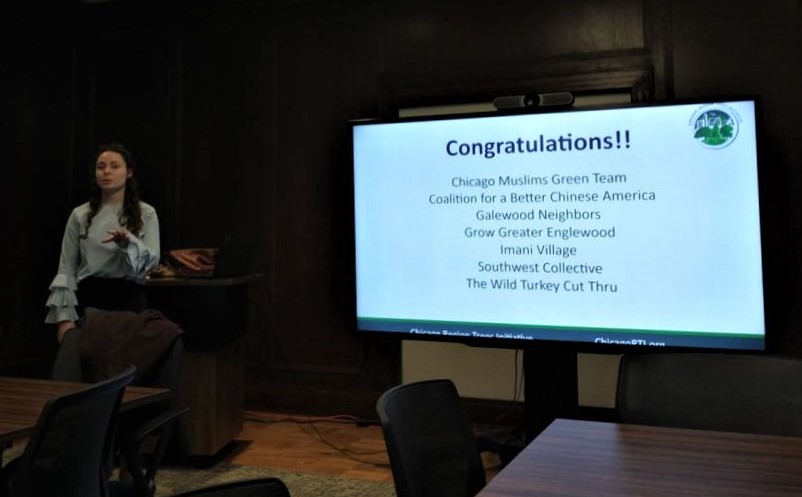On March 1, 2025, I attended the 29th Annual Wild Things Conference in Rosemont, IL. It is the the largest conservation gathering in the Midwest, regularly drawing nearly 2,000 of nature enthusiasts, hosted by the Friends of Illinois Nature Preserves.
Honestly, I was hesitant to attend it because it was also the first day of Ramadan. I usually have a headache on my first day of fasting, so I did not think I could survive and enjoy being in the crowd. Turned out, I was wrong. I had so much fun there meeting people and gaining new interesting knowledge.

The booklets from Wild Things Conference in 2019 and 2025.
Previously, I attended the 23rd Wild Things Conference in February 2019. At that time, I knew only a couple of people. This year, I saw so many familiar faces. The Chicago Muslims Green Team (CMGT) sent three members to the conference, myself as the Board President, CEO Layalee Beirat, and Outdoor Recreation Program Manager, Sara Siddique. I am grateful to receive a scholarship and travel reimbursement to attend the conference.
From the agenda, I saw many interesting topics related to my passion, Community Science. I attended the session, “Expanding and Democratizing Science Trough Teen-created Research Projects” presented by David Bild, Community Science Manager at Peggy Notebaert Nature Museum of the Chicago Academy of Sciences.

David Bild presents Expanding and Democratizing Science Trough Teen-created Research Projects.
Bild presented an interesting summer STEM program for teens. It is a 6-week paid internship that engages 30 Chicago high school students in lab and field-based activities focused on urban ecology to develop their critical learning and skills.
This topic represents my idealism on science that everyone, including youths can have fun applying the scientific method to appreciate nature.
I first learned about Community Science in 2018 from Bild when I attended the Chicago Conservation Corps training at the Nature Museum. My educational background is Physics, so I am naturally interested in anything related to science.
My interest in Community Science grew as far as getting a scholarship to attend the 2019 Citizen Science Association’s Conference in Raleigh, North Carolina. I became an Ambassador for the Citizen Science Asia and wrote a report, “The Importance of Regional Citizen Science Organizations“.
I also organized Citizen Science events for CMGT, the 2020 Introduction to Citizen Science Workshop at Nature Museum and the 2021 Community Building with Zooniverse Webinar with Adler Planetarium. I am still determined to spread awareness about Citizen Science or Community Science. I am glad to find out at the conference that the topic is still being discussed and keeps expanding.
The next Community Science session I attended was “Plants of Concern: Community Science Rare Plant Monitoring in Action” presented by the Chicago Botanic Garden. Whenever I explore the outdoor,
I love taking pictures of wild flowers because they represent beauty and resiliency in nature. It was awesome to learn about beautiful rare plants in Illinois and how community members can actively help scientists to find and collect data of these unique plants.

Grant Fessler presents Plants of Concern: Community Science Rare Plant Monitoring in Action.
Another interesting topic is “Systemic Racism and Urban Ecology: Application in Community Science” presented by Illinois Master Naturalists. The presenters showed how Community Science was applied as a tool to demonstrate concrete examples of systemic and environmental racism in our urban ecology.
This topic clearly aligns with the mission of the Chicago Muslims Green Team (CMGT) to increase awareness about Environmental Justice issues in our community. In the past, Joy Bailey, one of the Illinois Master Naturalists connected CMGT to the Friends of the Chicago River and helped us to participate in the 2023 Chicago River Day at Kickapoo Woods.
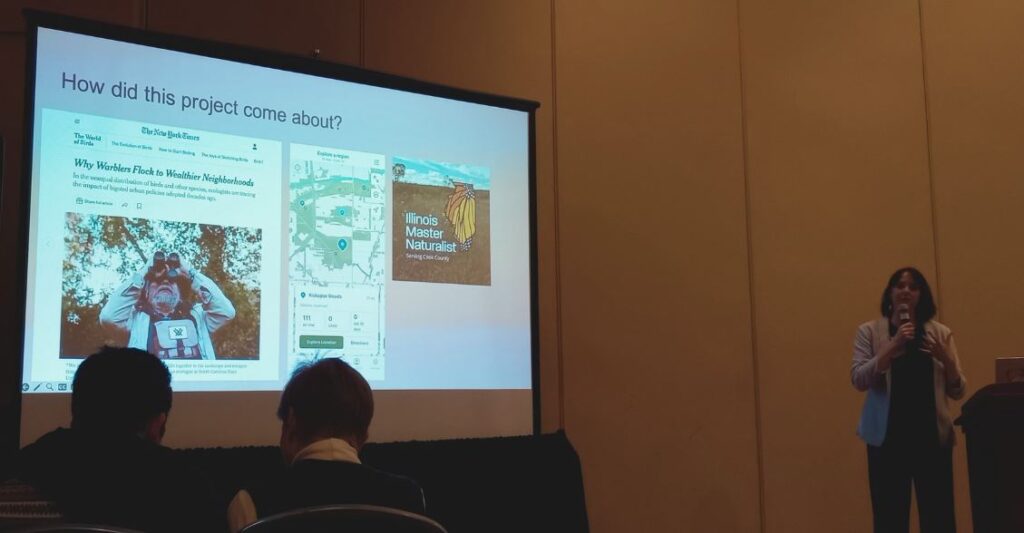
Joy Bailey presents Systemic Racism and Urban Ecology: Application in Community Science.
The next session I attended was, “Making River Restoration Work for Migratory Birds” presented by Chicago Bird Alliance. It was not related to Community Science, but I learned about the result of research and data collected on migratory birds to support the river bank restoration for their natural habitat.
Additionally, from one of the presenters, Raed Mansour, I learned about how community members had fun participating in the restoration activities and enjoyed watching the wild life in areas located not far from where I live. Now I can not wait for Spring to be able to ride my bike and observe nature in those areas.

Raed Mansour presents Making River Restoration Work for Migratory Birds.
Mansour who formerly worked at the Chicago Department of Public Health and now working for the Metropolitan Planning Council connected the CMGT to Our Roots Chicago program and the Tree Equity Working Group in Chicago and beyond. This is why, the next session we attended was the “Community Roots: Bottom-up Approaches to Tree Stewardship and Advocacy” presented by the Chicago Region Tree Initiative (CRTI) Morton arboretum.
The CRTI crews, Paul Gordon, Varak Bosnoian, and Sam Works presented how community engagement comes in different forms for CRTI. They take a bottom-up approach, apply adaptive and creative ways of collaboration for Stewardship and Tree Ambassador Programs. In 2024, they worked with 40 community organizations including CMGT to get over 2,800 trees planted in the Chicago priority neighborhoods.
I can say that CMGT gains significant benefits, including financial and recognition of our hard work from becoming one of CRTI’s partner organizations.
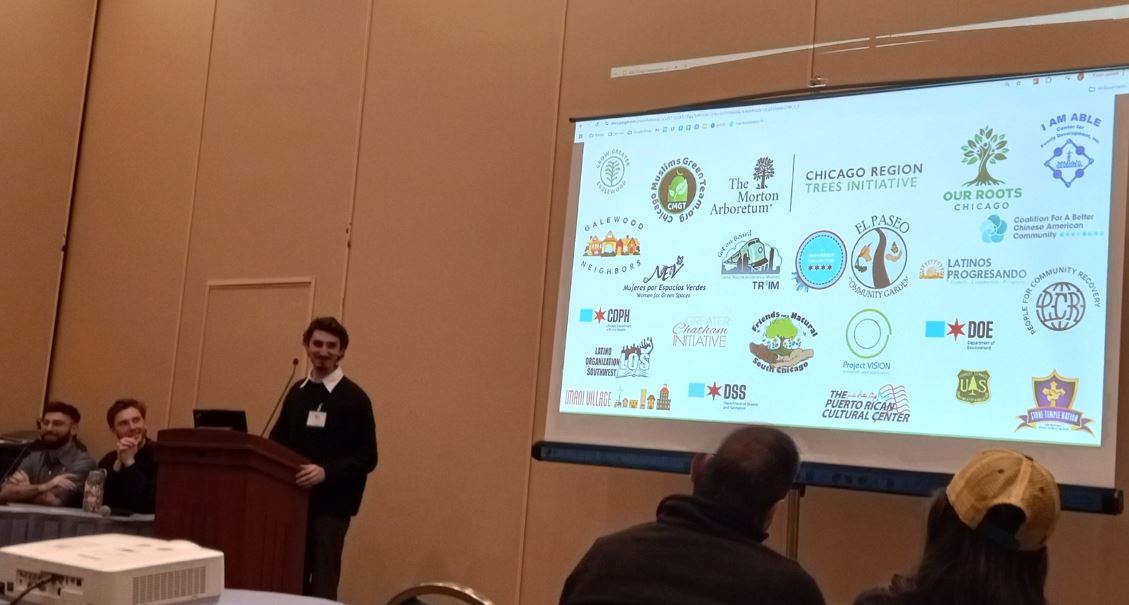
Sam Works presents Community Roots: Bottom-up Approaches to Tree Stewardship and Advocacy. CMGT logo was displayed on the slide.
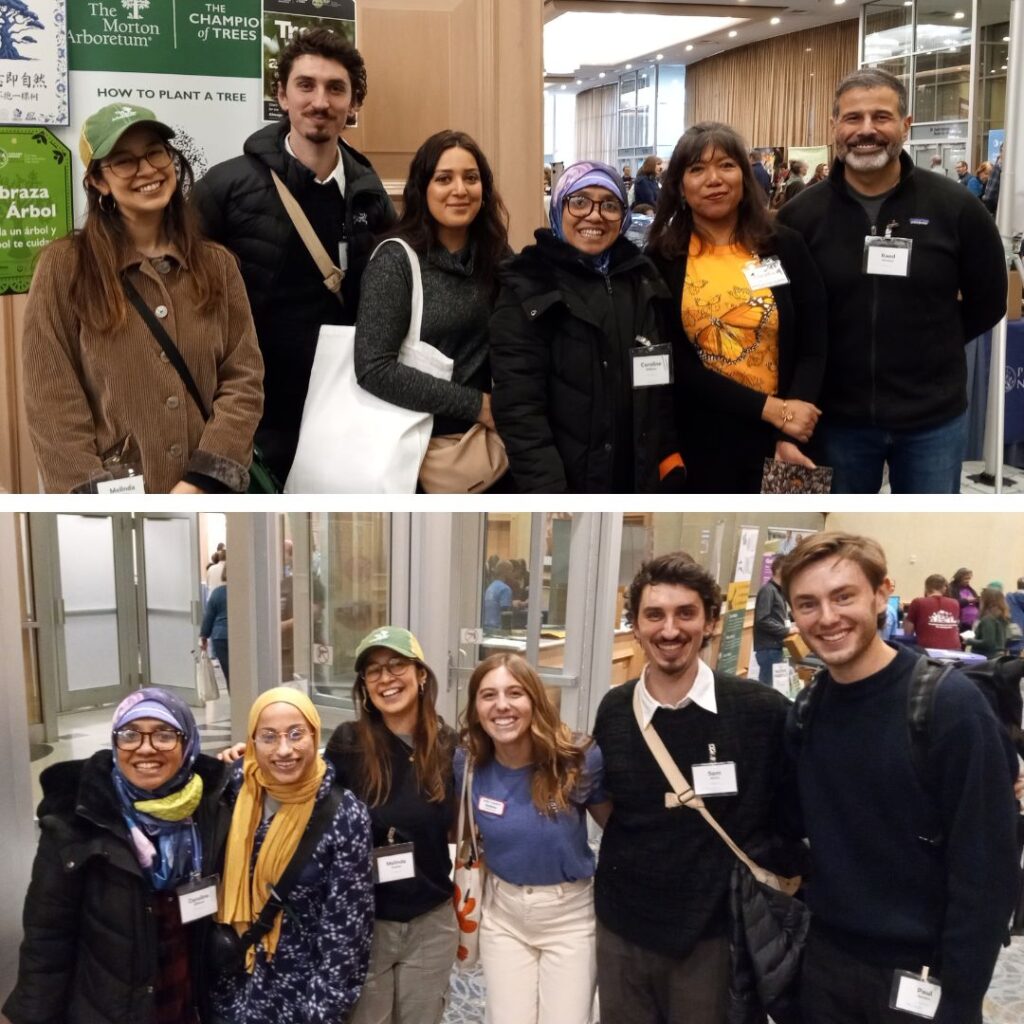
In these pictures: Caroline, Sara, Layalee from CMGT, Melinda, Sam, Paul, from CRTI, Claudia from Women from Green Spaces, Raed from Metropolitan Planning Council, and Krystyna from Shedd Aquarium.
At the end of the conference, I checked out, “The Effect of Military Activity on Wadi Gaza” a poster presented by Laura Shihadah, a graduate student from University of Illinois in collaboration with Palestine Institute for Biodiversity and Sustainability.
The poster emphasizes the geographical significance of Wadi Gaza as one of the most importance coastal wetlands in the Eastern Mediterranean. It is an area rich in biodiversity and a stopover for many migrating birds from Africa and Eurasia. Using remote sensing, Shihadah was able to do analysis and assess the environmental degradation due to recent conflicts and natural disaster without ground surveys. The result of the study which was done from May 2023 to 2024 shows increasing bare ground and decreasing vegetation. Future research is suggested to analyze the area for a longer time period to gain better understanding of the trends in vegetation biomass.

The Effect of Military Activity on Wadi Gaza poster presentation by Laura Shihadah.
On the first day of Ramadan this year, Alhamdulillah, I feel grateful to gain new and interesting knowledge from the presenters. I also appreciate the “Quiet Room” provided at the conference. I was able to take a break and pray silently there.
It feels amazing to be part of a big network of nature lovers in the Chicago region. In the future, CMGT may be able to present a poster or a speech at the conference to share experience in engaging our community to outdoor activities in order to strengthen our health, mentally and physically.
